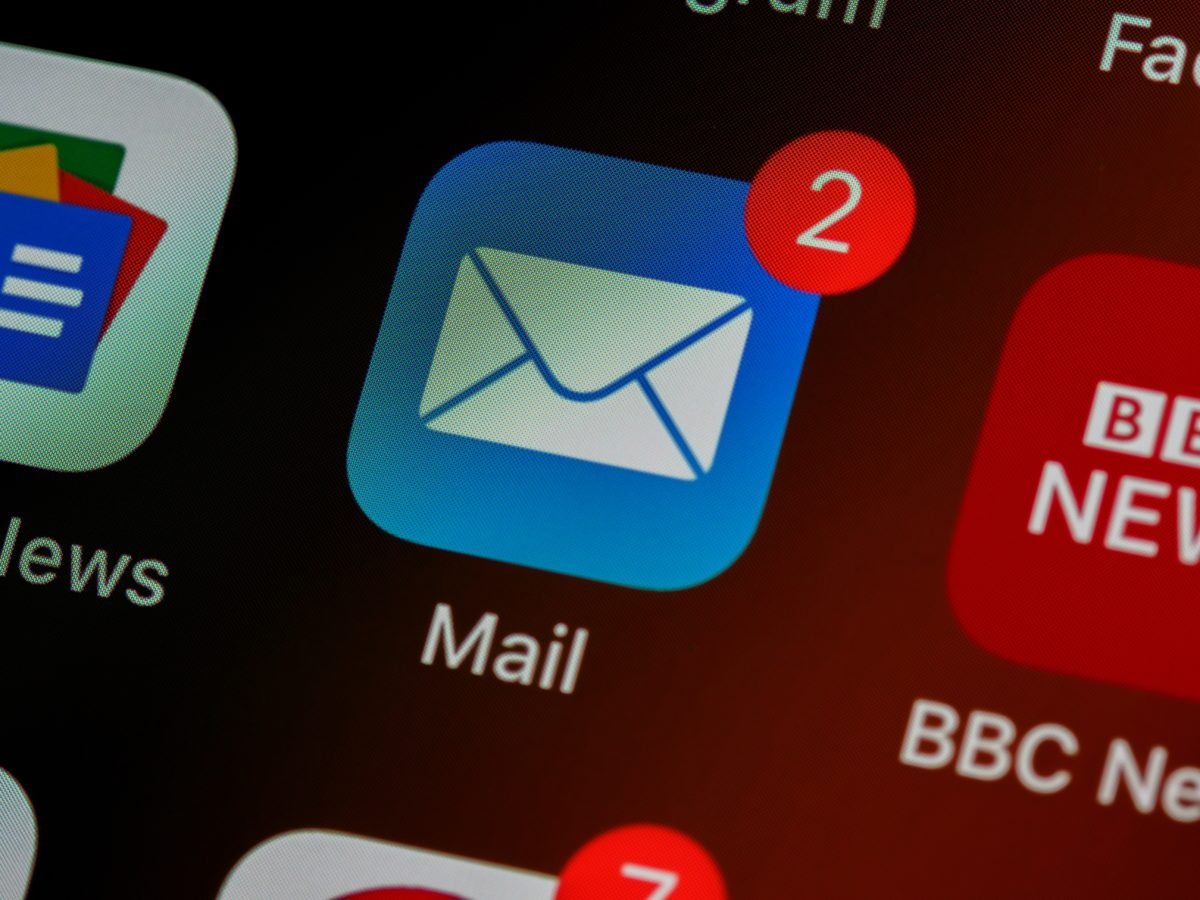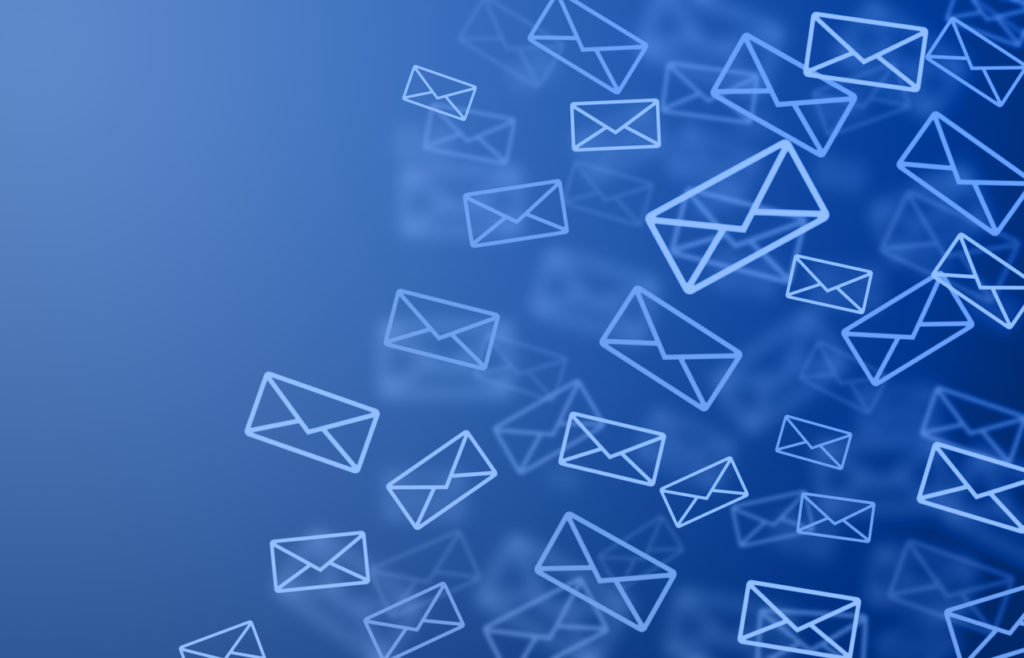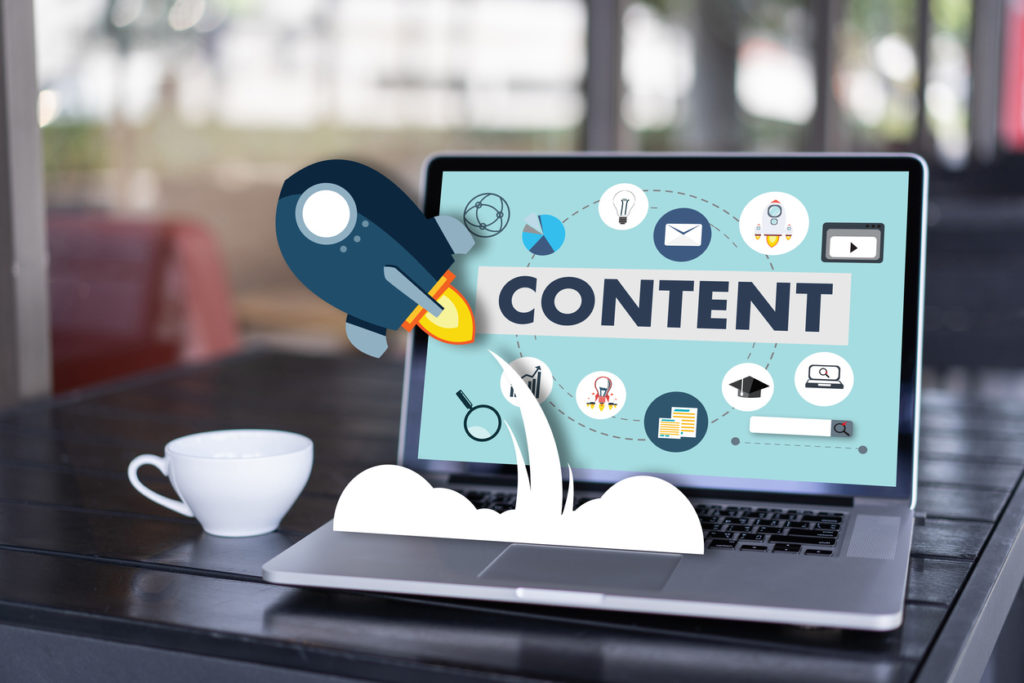
Making the most of content marketing services
Content marketing should be the cornerstone of your brand awareness strategy. Great content is the best way to attract visitors to your website and ensure your target audience knows what you offer and where you stand in terms of your ethos and values. To make the most of your marketing efforts you need a solid […]






